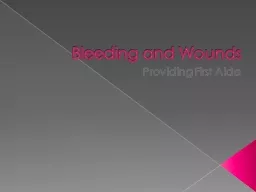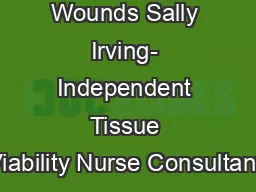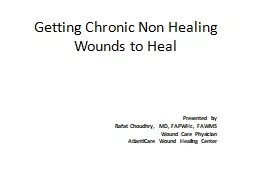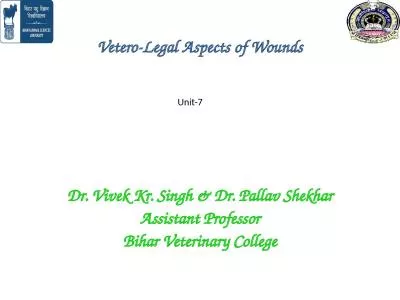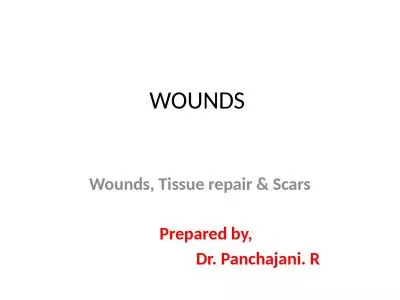PPT-Bleeding and Wounds
Author : tatiana-dople | Published Date : 2019-11-20
Bleeding and Wounds Providing First Aide Wounds involve injury to soft tissues classifications Openbreak in skin Closedno break in skin or mucous membraneinjury
Presentation Embed Code
Download Presentation
Download Presentation The PPT/PDF document "Bleeding and Wounds" is the property of its rightful owner. Permission is granted to download and print the materials on this website for personal, non-commercial use only, and to display it on your personal computer provided you do not modify the materials and that you retain all copyright notices contained in the materials. By downloading content from our website, you accept the terms of this agreement.
Bleeding and Wounds: Transcript
Download Rules Of Document
"Bleeding and Wounds"The content belongs to its owner. You may download and print it for personal use, without modification, and keep all copyright notices. By downloading, you agree to these terms.
Related Documents

